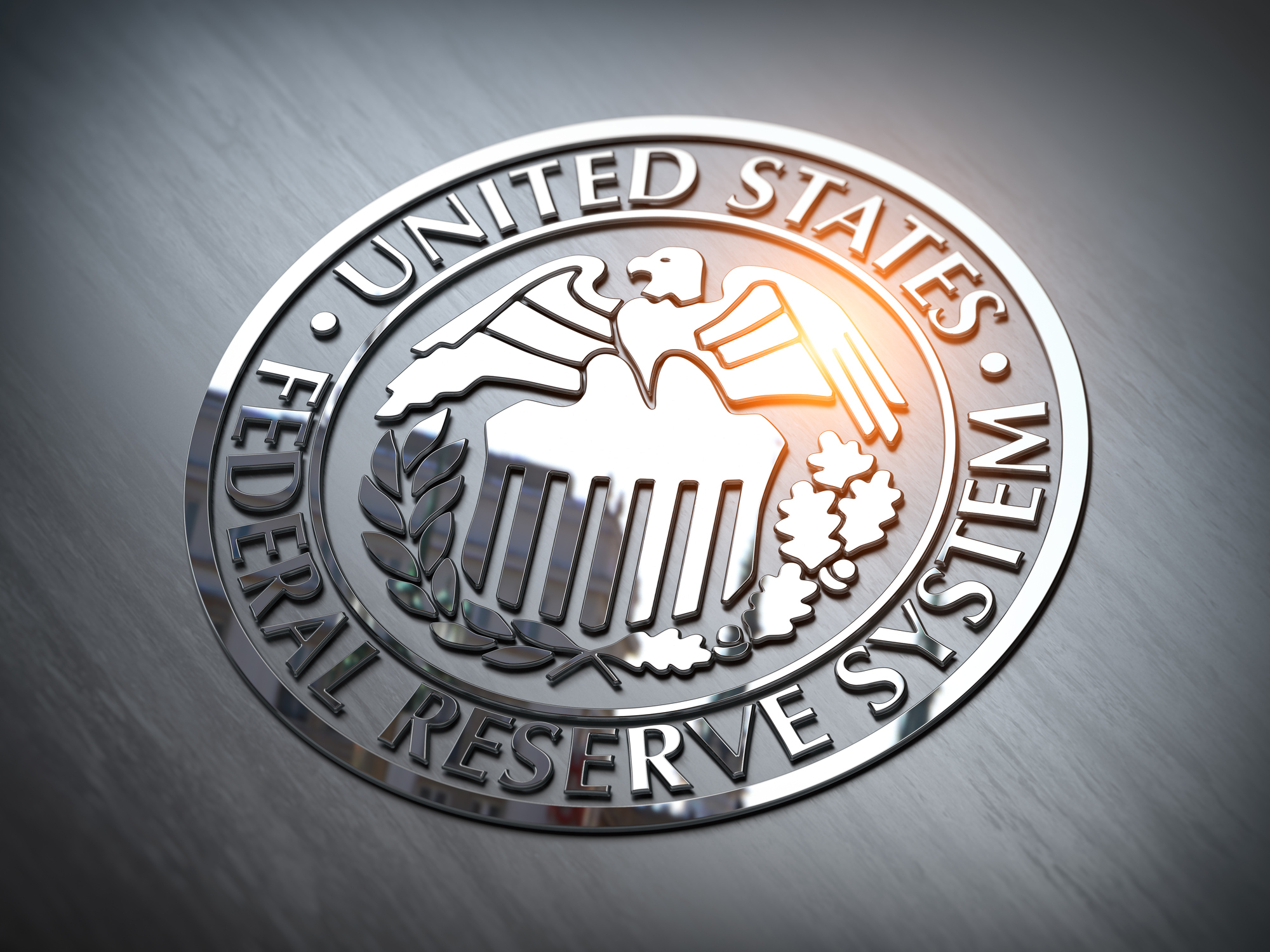 On June 15, 2022, the Federal Reserve increased interest rates by 0.75 percentage points, the third increase of the year and the most since 1994. The action aims to slow down the fastest rate of inflation in more than 40 years.
On June 15, 2022, the Federal Reserve increased interest rates by 0.75 percentage points, the third increase of the year and the most since 1994. The action aims to slow down the fastest rate of inflation in more than 40 years.
Wall Street had anticipated a half-point rise, but the Fed’s decision to act more forcefully was motivated by the most recent consumer price report, which was released on June 10. The main danger, however, is that rising rates will cause the economy to enter a recession. This concern has been amply reflected by the recent decline in the S&P 500 stock index, which is now in a “bear market” after falling more than 20% from its peak in January.
What does all of this mean? Keep reading to understand what the Fed is attempting to accomplish, whether it will be successful, and what it means for you. If you are wondering if now is the time to talk to a bankruptcy attorney, contact Law Offices of Terrence Fantauzzi at (909) 552-1238 to learn more.
How and why is the Fed doing what they are doing?
In order to combat inflation, the Federal Open Market Committee, the Fed’s policy-making body, had been debating how much and how rapidly to raise its benchmark interest rate in the coming months. The stakes are extremely high for the American economy, consumers, and businesses.
Only a week prior, the Fed’s most recent meeting was predicted to result in a 0.5 percentage point rate increase. However, as the May consumer price data revealed that inflation has been unusually persistent, markets and Wall Street economists started to anticipate the higher 0.75-point hike. Even one percentage point of an increase, according to some Wall Street analysts, was possible.
Since the June 10 announcement, financial markets have fallen by more than 6% on the expectation of a faster pace of rate increases owing to inflation. Investors are concerned that the Fed may over slow the economy in its fight against inflation, which if unchecked also creates major issues for customers and businesses. According to a recent poll, Americans believe that inflation is the top issue the United States is now facing.
What goals is the Fed pursuing?
The Federal Reserve’s dual duty is to maintain price stability and increase employment. Policymakers frequently have to choose between the two. When the economy is sluggish, inflation often remains low, allowing the Fed to concentrate on maintaining interest rates low to encourage investment and increase employment. Because unemployment is often fairly low in an expanding economy, the Fed can concentrate on keeping inflation under control.
The Fed does this through setting short-term interest rates, which then allow it to have an impact on long-term rates. For instance, when the Fed increases its target short-term rate, banks must pay more to borrow money, and the increased costs are then passed on to individuals and companies in the form of higher interest rates on long-term loans for homes and cars.
Currently, the economy is doing fairly well
Because of this, the Fed can concentrate on bringing down inflation. The issue is that inflation is currently running at an annualized rate of 8.6 percent, which is so high that lowering it may need the highest interest rates in decades, which might significantly harm the economy. The Fed is therefore attempting to implement a ‘soft landing’.
What is a “soft landing,” and how likely is one?
A “soft landing” is the Fed’s strategy for slowing inflation and, by extension, economic growth, without triggering a downturn.
The Fed anticipates raising interest rates relatively quickly in the upcoming months in order to stabilize prices without negatively impacting employment. With the most recent rate increase, the Fed’s benchmark interest rate now ranges from 1.5 percent to 1.75 percent, up 1.5 percentage points from this time last year.
If you have questions or want to know how to handle your current credit card debt, call Law Offices of Terrence Fantauzzi at (909) 552-1238 and request a free consultation with a bankruptcy attorney.
